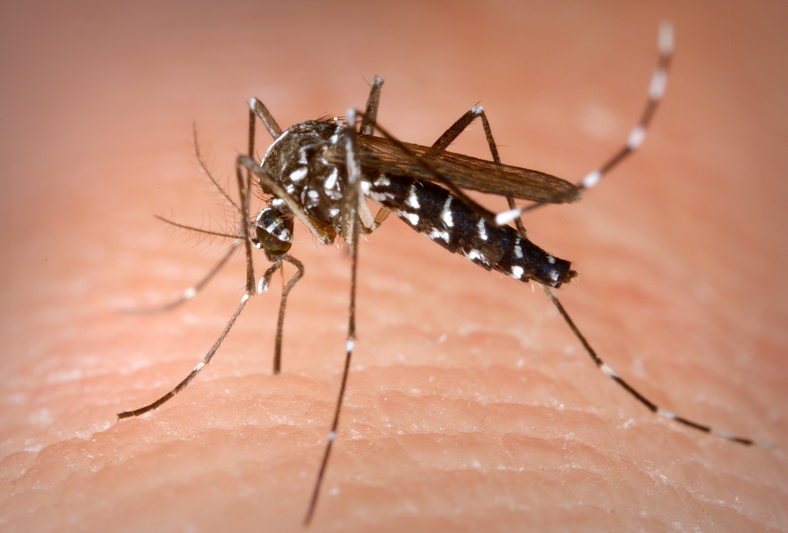Mosquito repellents: an invisible threat as indoor air pollutant


Often when we talk about air pollution our mindset gives the image of heap of municipal solid waste being burned roadside emitting massive smoke or vehicular emissions or emissions from firewood/ agricultural residue. Besides such visible and noticeable air pollution sources in our day to day life, inside our own house, inside our own room to be exact we repeatedly come on contact with various sources of air pollutants.
Products that we willingly or unwillingly bring inside our home lead to indoor air pollution. WHO has identified more than 60 sources of household air pollution sources that are associated with dramatic effects on our health. Such health impacts ranges from minor eye, nose and throat irritation to cancer. Paint, glues, adhesives,carpeting, perfumes, building materials, cleaning supplies, plastics are some day to day used materials that release harmful pollutants indoors like carbon monoxide, lead, radon, Volatile Organic Compounds (VOCs) etc.
Indoor air pollutants are proven to be more hazardous than outdoor air pollutants. We mostly spend 90% of our lives indoors, which can be a real threat to us. According to EPA, the air inside our homes can be 5 times more polluted than air outside home. So, staying indoors definitely won’t make us free from any kind of air pollutants.
Once summer startsirritating buzz of mosquito is followed by mosquito bites and rashes. Heat and mosquito come together, specialists found that mosquitos are more active at the temperature of 68 °F to 86 °F.Mosquito are of great concern as mosquito borne diseases such as malaria, dengue, Japanese encephalitisetc. are lethal. To get rid from such nasty creature mosquito repellents are being used worldwide.
Mosquito repellents used in most of the houses are great source of indoor air pollution. Mosquito repellents in the markets are found in the forms from creams toincense to liquid sprays to coils to candles. Such repellents pollute our indoor air. Mosquito repellents contain chemicals that are toxic and harmful to not only mosquitoes but to humans as well. Toxic chemicals present in the liquid spray when sprayed in the room mix with the air and spreads in the entire room. Such chemicals greatly hamper eyes, skin and brain cells. Results have shown that such spray causes neuron to die in the regions of the brain. These neurons are responsible to control movement of muscle, concentration, learning and memory.
Approximately 2 billion people worldwide use mosquito coils. These coils are made up of 0.1% of the active repellent Pyrethroids and 99.9% binders, resins and flammable materials such as coal dust and coconut husks. Pyrethroid is low toxicity insecticide. Research conducted in Malaysia revealed that damage done to lungs by one mosquito coil is equivalent to the damage done by 100 cigarettes. VOCs, including carcinogens and suspected carcinogens are evidenced from coil smoke. Prolonged use of mosquito coils increases incidence of asthma and persistent wheezing.
For our ease mosquito repellents containing chemicals are frequently used which in a long run works as slow poison causing chronic health risk. Such risks can be simply be reduced by switching to beds nets indoors. Various traditional and green methods like use of natural repellents viz. oils of peppermint, lemongrass, catnip, lavender, rosemary, sage and citrosum can effectively help to get rid off from mosquitoes.
Diluted neem oil too acts as natural mosquito repellents. Lemon Eucalyptus is an EPA registered mosquito repellent which provides 100% protection against mosquitoes for up to 12 hours. Review on popular insect repellent, DEET revealed that it is generally safe and there is no evidence that DEET harms nervous system or skin. Use of above mentioned methods on one hand helps to get easily rid from mosquito with no health damaging to humans compared to chemicals containing mosquito repellents.

 Nature Khabar
Nature Khabar




Feedback